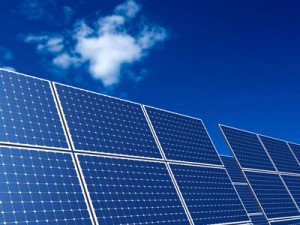By Brett Wilkins Driven significantly by dramatically reduced fossil fuel imports following Russia’s invasion of Ukraine, solar production soared nearly 50% in the European Union...
Archive for tag: Solar
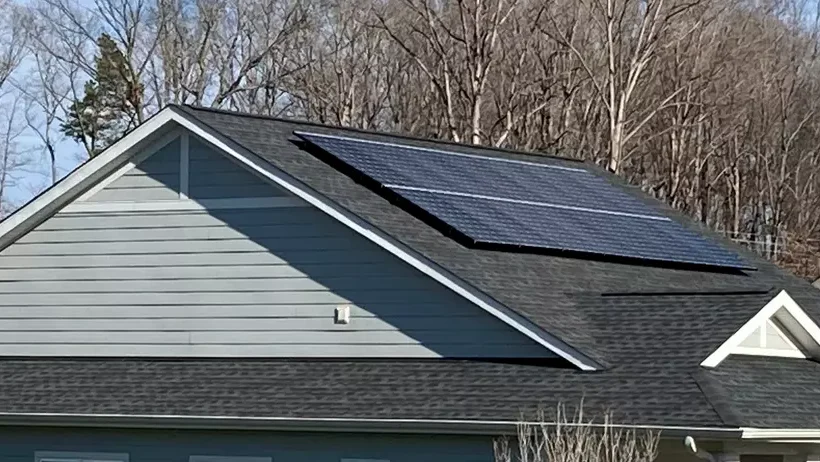
Biden’s New Low-Income Solar Power Program Hailed as ‘Vital’ for People and Planet
By JENNA MCGUIRE “Let’s keep those executive actions coming—and use them not only to build renewables, but also to shut down fossil fuels,” said Jamie...
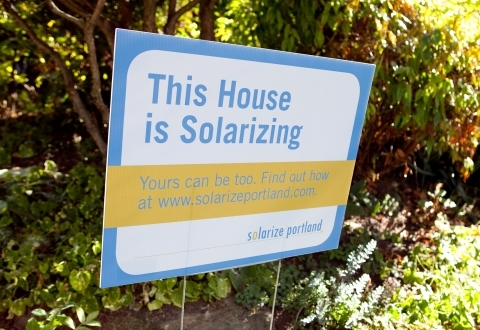
Solarize: the Grassroots Initiative that Cut Solar Costs up to 35%
By Jerold Brito Back in 2009, solar panels were not nearly as widely used as they are today. At the time, solar power generation in the...
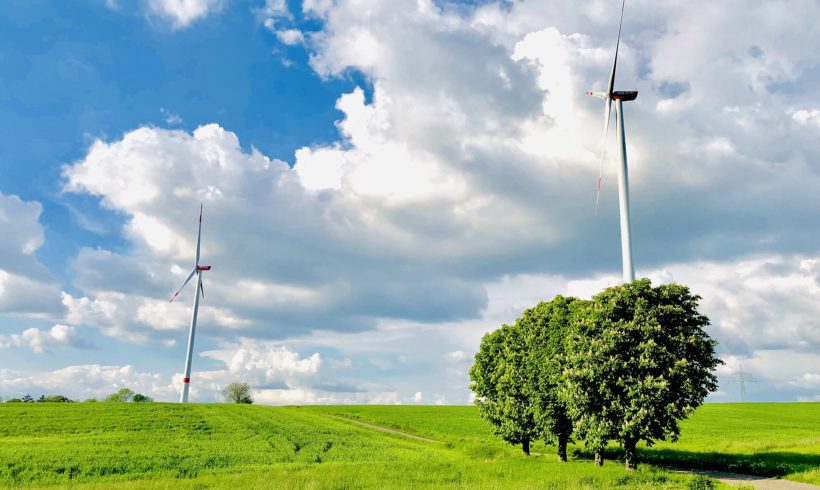
‘The Future of Energy? Bright and Breezy’: IEA Forecasts Huge Growth in Solar and Wind
By Jessica Corbett Renewable power sources grew at their fastest rate in two decades last year—an increase that is set to become the “new normal.”...
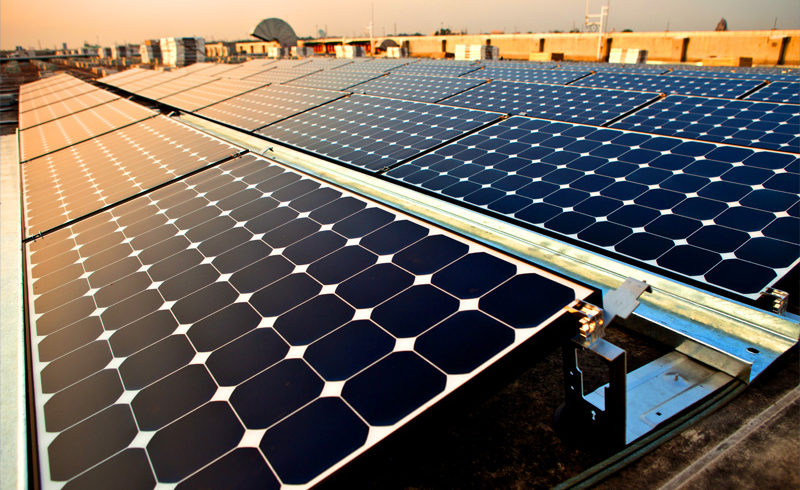
There is No Planet B: A Visit to a Solar Open House
By Aarathi Vadapalli The impending environmental crisis is undeniable. Writer and management consultant, Margaret Wheatley once said “There is no power for change greater...

Indian Prime Minister Modi: A UN Climate Champion
By UTKARSH VIVEK On October 3rd the Prime Minister of India received the United Nation’s Champion of the Earth Award in the Policy Leadership Category for his...
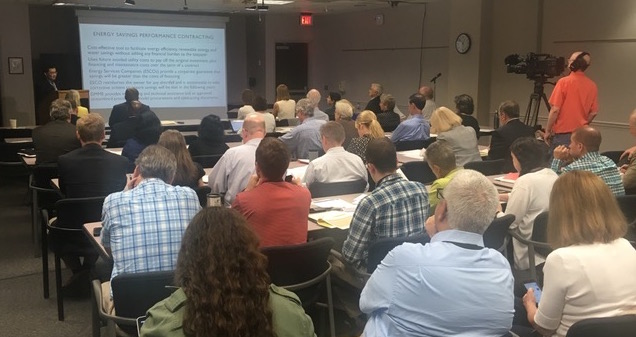
Workshop Explores Local Government Clean Energy Financing Alternatives
By MELISSA CHRISTENSEN Representatives from six local governments in Northern Virginia attended a workshop on budget-neutral, clean energy alternative financing options for local governments at the...
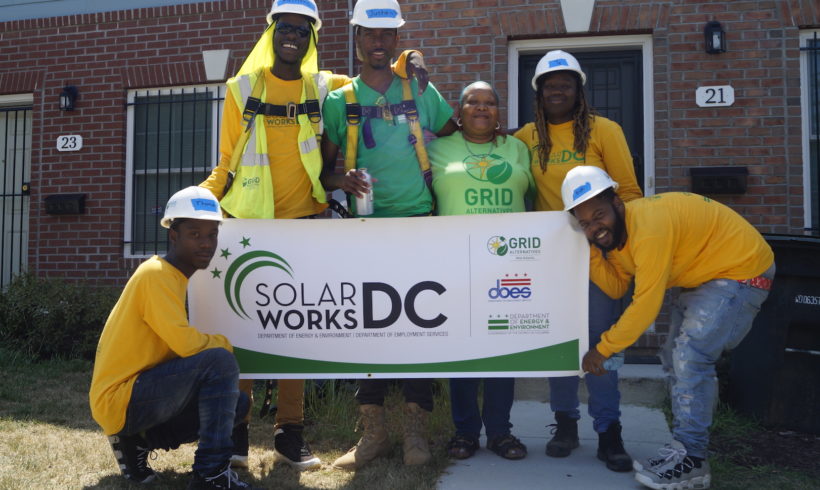
Connecting Individuals with Solar Jobs
How does someone get a job in the solar energy industry? 90% of employers in the Mid-Atlantic area find it either somewhat or very difficult to hire qualified individuals, according to The Solar Foundation’s 2017 Solar Jobs Census. And solar jobs pay well; an installer job pays on average $20 an hour. So how do we bridge the gap between inexperience and jobs?
The answer – job training.

Cambodia’s Renewable Energy Prospects
Cambodia has made great strides in its efforts to develop its economy and improve the standard of living of its mostly rural population, with current GDP growth rate hovering around 7%. But a 2016 WWF report claimed that more than 6 million Cambodians still lacked access to energy, and Cambodia’s developing industries—particularly textiles—are energy-hungry. Cambodia developed a blueprint for development in 2013, Rectangular Strategy, Phase III, that identifies cheaper energy sources for households and business/industrial consumers as key to continuing development. The report says that while large-scale hydro and coal-fired plants have thus far been the preferred strategy due to their high generation potential and low production costs, diversifying energy sources to reduce fossil fuel reliance is also an important goal going forward.
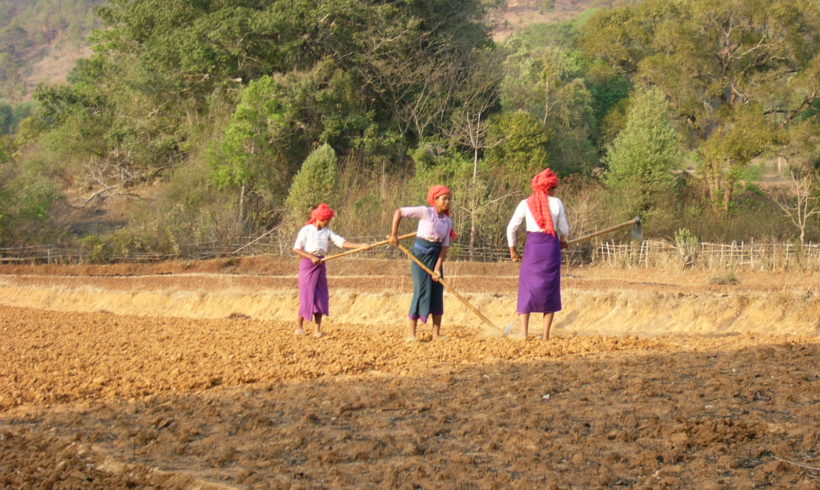
Mini Grids: Providing electricity to Myanmar’s communities away from the grid
In Myanmar, approximately 70 percent of the population and 84 percent of the rural households do not have access to electricity. The Myanmar National Electrification Plan (NEP), funded by the World Bank and other partners, aims to achieve 100 percent electrification by 2030. However, the challenge to reach this goal is huge. Electricity shortages and supply disruptions are widespread in Myanmar due to under-investment in the sector.
Mini grids using locally engineered and financed technology have played a crucial role in the provision of electricity for thousands of villages in the country. These mini-grids largely emerged due to the entrepreneurial drive from the local private sector and community organizations with little or no public sector support. They also simultaneously reflect the determination and ingenuity of many local communities in finding alternatives to candles and kerosene.
- 1
- 2


